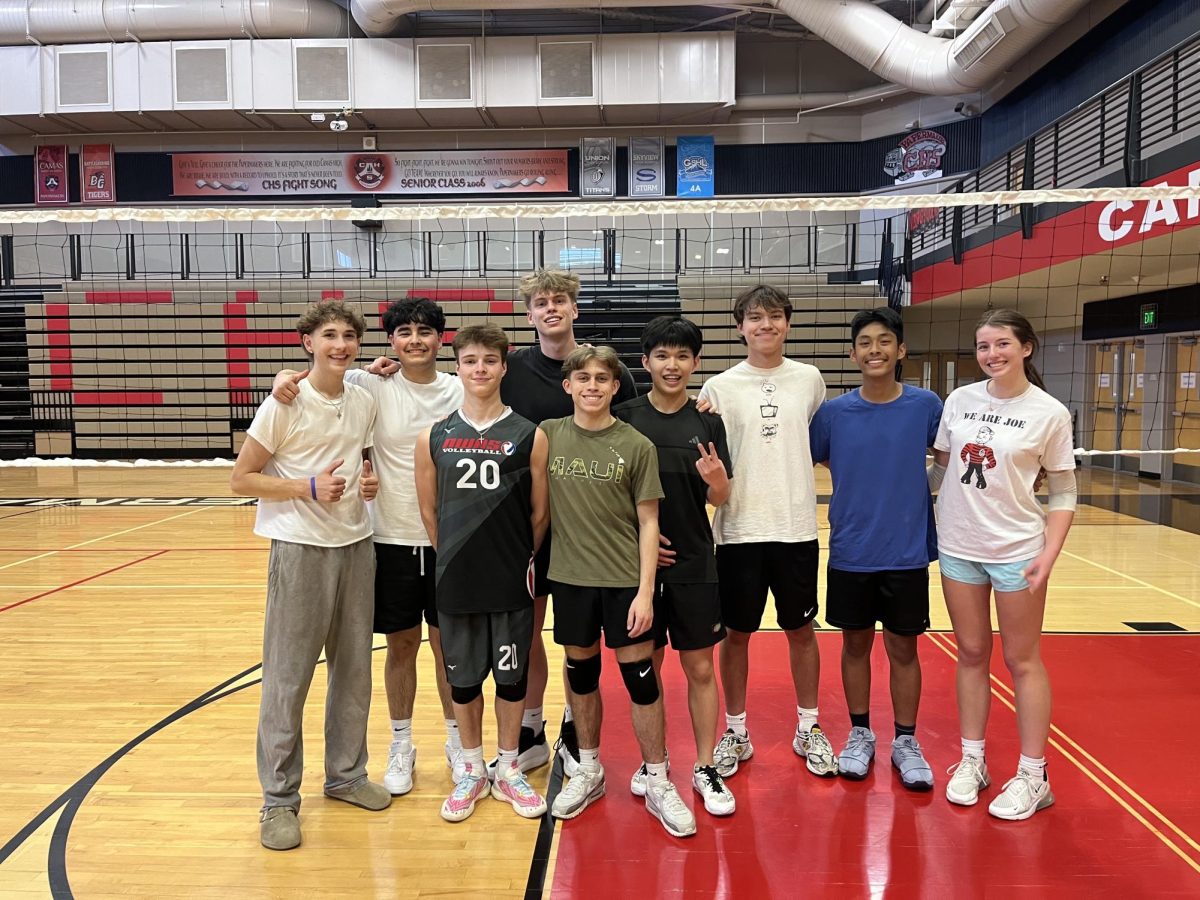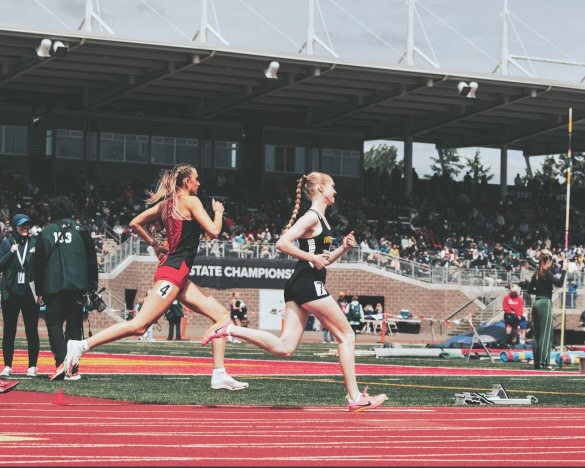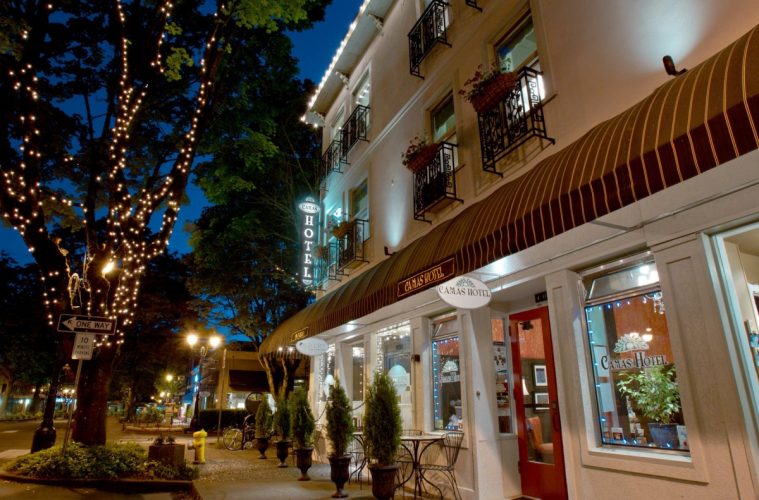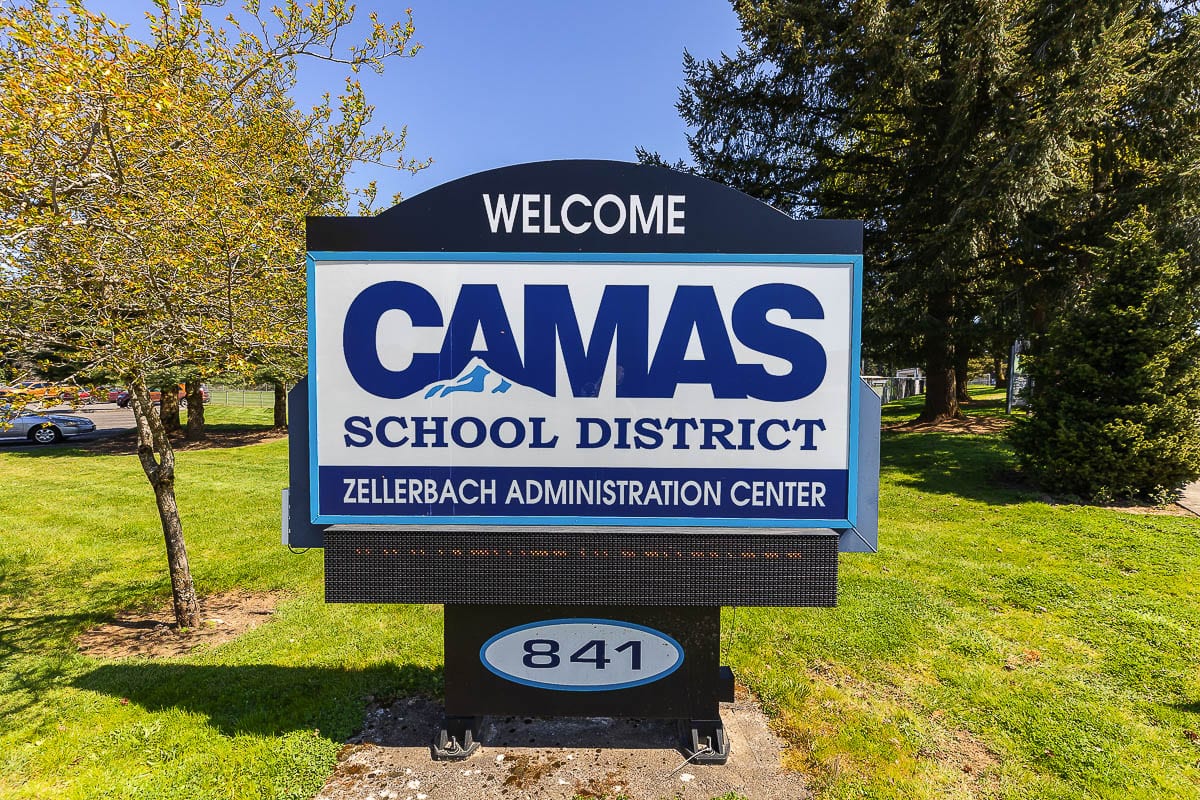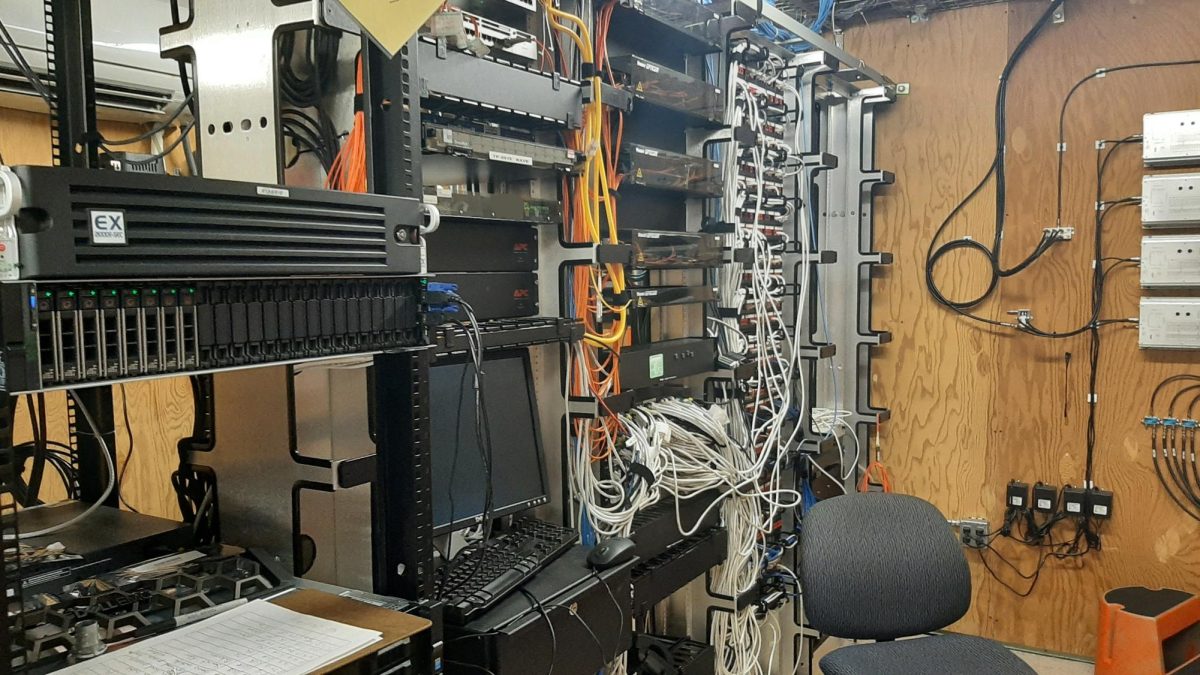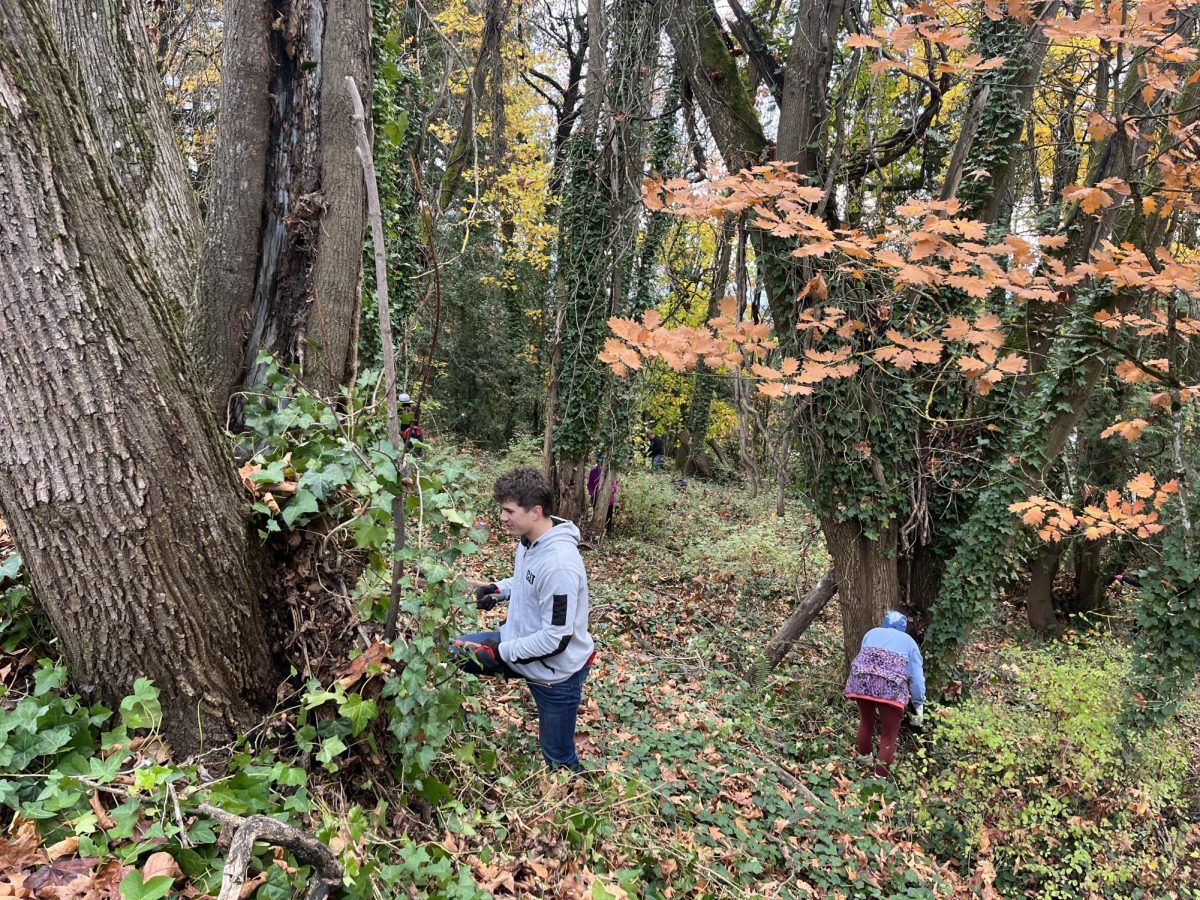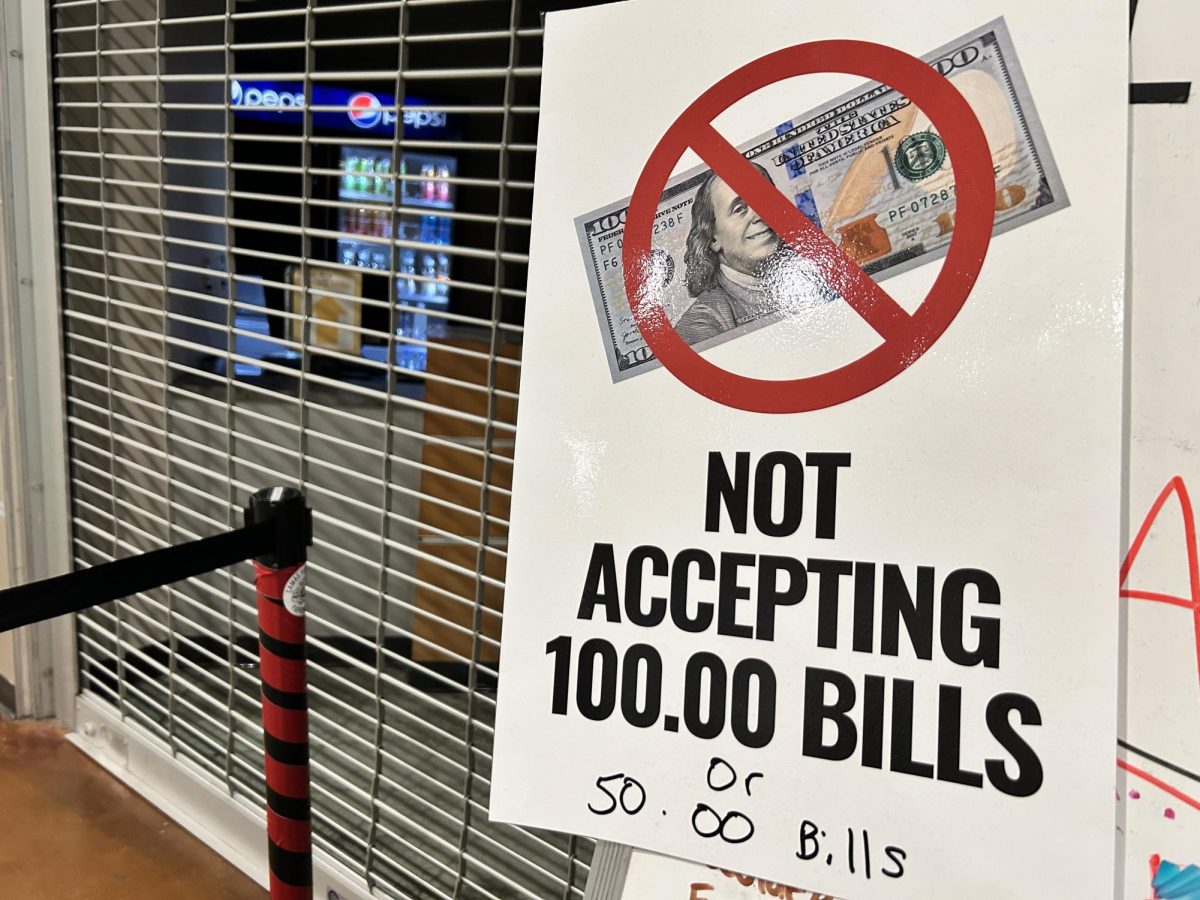 Depending where people are coming from, Camas can either viewed as a small, quiet community or a overwhelming city. As the population grows in Camas, especially with thousands of houses being built, people are often moving to Camas. The population of Camas is about 23,400, and that may go up with many houses and apartments that are being constructed. To people that have been living in Camas for long periods of time they often think of it as a tiny town, considering there are only two grocery stores in the town.
Depending where people are coming from, Camas can either viewed as a small, quiet community or a overwhelming city. As the population grows in Camas, especially with thousands of houses being built, people are often moving to Camas. The population of Camas is about 23,400, and that may go up with many houses and apartments that are being constructed. To people that have been living in Camas for long periods of time they often think of it as a tiny town, considering there are only two grocery stores in the town.
The Highschool may be intimidating for new students, with over 2,500 students bunched in the school. Generally, when new crowds first enter Camas, the very first thing they notice may be the smell. That smell comes from the papermill, and usually people get used to it quickly. Avery Gunderson, a ninth grader that moved to Camas from Battleground about a year ago informs; “Once you live in Camas for a while, you don’t even acknowledge the mill anymore, you just get used to it.”
Plus, Camas is a majority of trees and land, downtown Camas is basically the only city part, where they have little clothes stores, antique shops, and restaurants. People coming from a big city, aren’t used to this. Jarren Yamamoto, a 9th grader that came from Hawaii states; “Back in Hawaii, there was way more people, and a bigger city with more shops and a lot of big buildings.”
Camas schools are rated number 9 out of 225 districts in Washington, which is a main reason, people move to Camas. But when students switch states and come to a different school, the learning style and the way the school functions may be way different. “My old school had a lot more people, but the learning and teaching was way different, also at Camas there’s a larger variety of electives, and more clubs after school,” explains Roscoe Garcia a ninth grader from Arizona. Whether you view Camas as a town with little residents, or a large city, it’s a tight-knit community, with accepting schools, and many activities.















